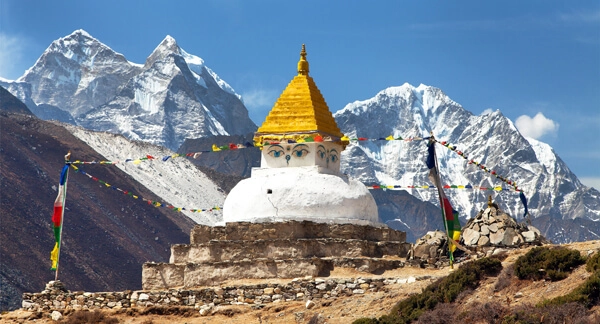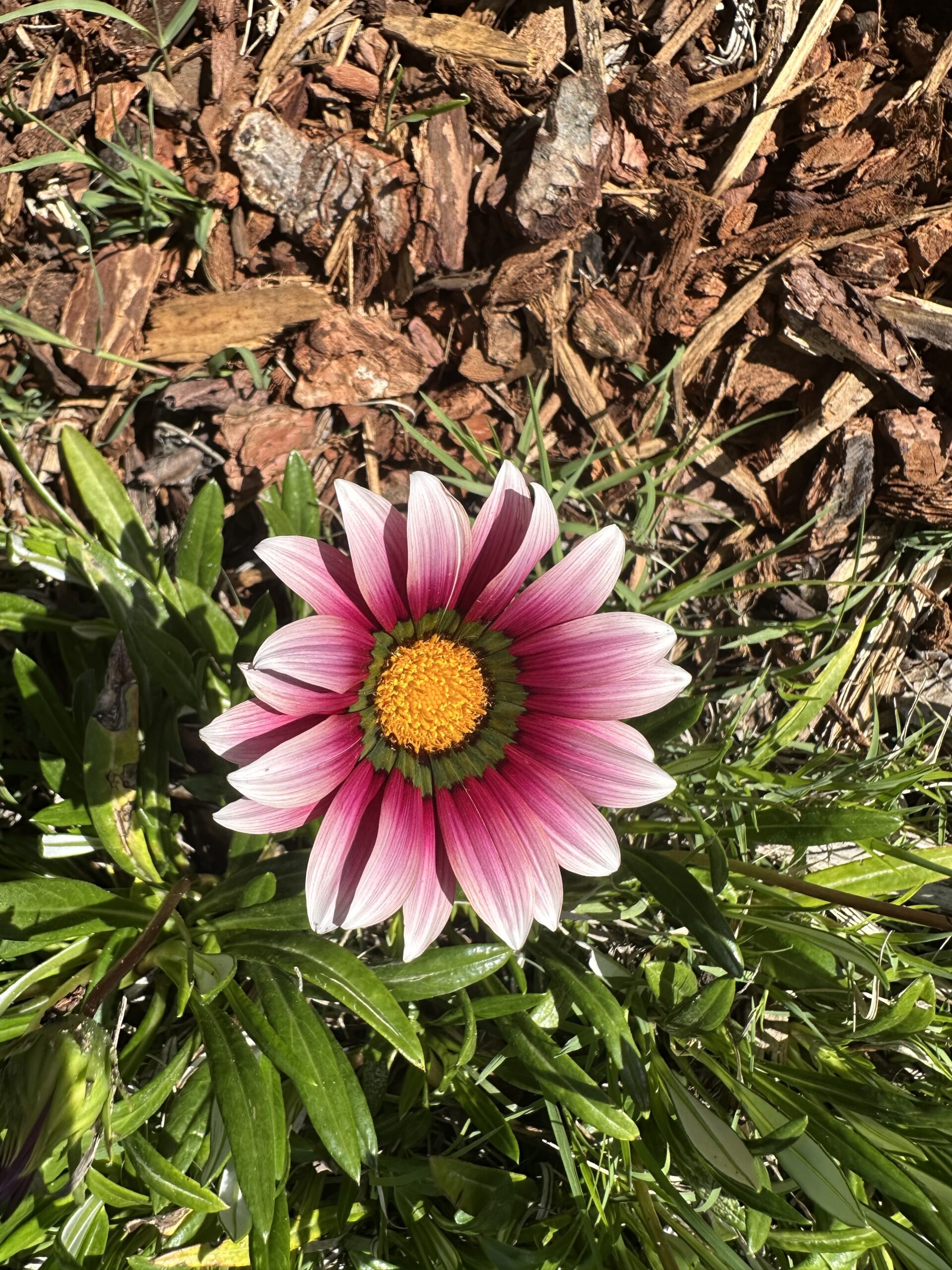
There were eight principal traditions which ‘transported’ the Buddhist teachings from India to Tibet. Some became the major schools or sects of Tibet that we know today while others were assimilated into many of these schools. The Geluk school or sect, which became the dominant group and political leaders of Tibet, was not mentioned because they, per se, originated in Tibet with their roots being in the Kadampa tradition. The following videos are from a series of lectures given by Sarah Harding, who teaches at the Religious Studies Department of Naropa University, and her guests at a symposium sponsored by Shambhala Publications on the Eight Chariots and the Charioteers who brought them to Tibet. CLICK for article on LFBCS course on the Evolution of Buddhism that also discusses these lineages.
The Eight Chariots or Practice Lineages of Tibet
- Nyingma—the teachings of the kama, terma and pure vision traditions within the Nyingma School of Ancient Translations, which had come down in an oral lineage transmitted by countless learned and accomplished masters, including Khenpo Shantarakshita, Guru Padmasambhava and the Dharma-King Trisong Deutsen. The oldest lineage that started in the 8th century.
- Kadampa—the divine teachings of the Old and New Kadam traditions, founded by Lord Jowo Atisha and further developed through the efforts of Lobsang Drakpa. Became the Geluk Sect.
- Lamdré/Sakya—the essential instructions of the ‘Path with its Result’, the heart-essence of the mahasiddha Virupa, which came down to the Sakyapa founders and their heirs.
- Marpa Kagyü—the four streams of teachings within the Kagyü tradition that stems from Marpa, Milarepa and Gampopa, and branched into the four major and eight minor Kagyü lineages.
- Shangpa Kagyü—the doctrine of the dakini Niguma and others from the Shangpa Kagyü, which comes from Khyungpo Naljor.
- Kalachakra ( ‘Six-Branched Application or “Six Branches of Union” or “Jordruk”), which emphasizes the Vajra Yoga of the perfection stage of the Kalachakra, and which came to Tibet from the noble Dharma-kings of India and others such as Kalapada in early, intermediate and later phases, and developed into seventeen traditions, which were then brought together and passed on by the renunciate Tukjé Tsöndru and others. This practice was sustained and kept by what became the Jonang sect in Tibet.
- Shyijé (Zhije) and Chö (Chod), the teachings of the ‘Pacifying of Suffering’ Tradition coming from Padampa Sangyé together with the profound teachings on the objects of severance, or Chö, which were passed on by Machik Lapdron (Labdrog) and others.
- Stages of Approach and Accomplishment of the Three Vajras, the teachings bestowed on the mahasiddha Orgyenpa Rinchen Pal (Pel) by Vajrayogini herself. Also known as Dorje Sumgyi Nyendrup or The Orgyen Nyendrub.
Sarah Harding Lectures
The first video addresses the issues in translating the various practices including the issues related to providing a more “literal” translation as compared to a translation that stresses the meaning of the text and may not be based on a word to word translation. It also addresses the problems that can arise in group translations, especially when there is no “overlord” in charge.
Article originally posted on June 9, 2023.





Add comment